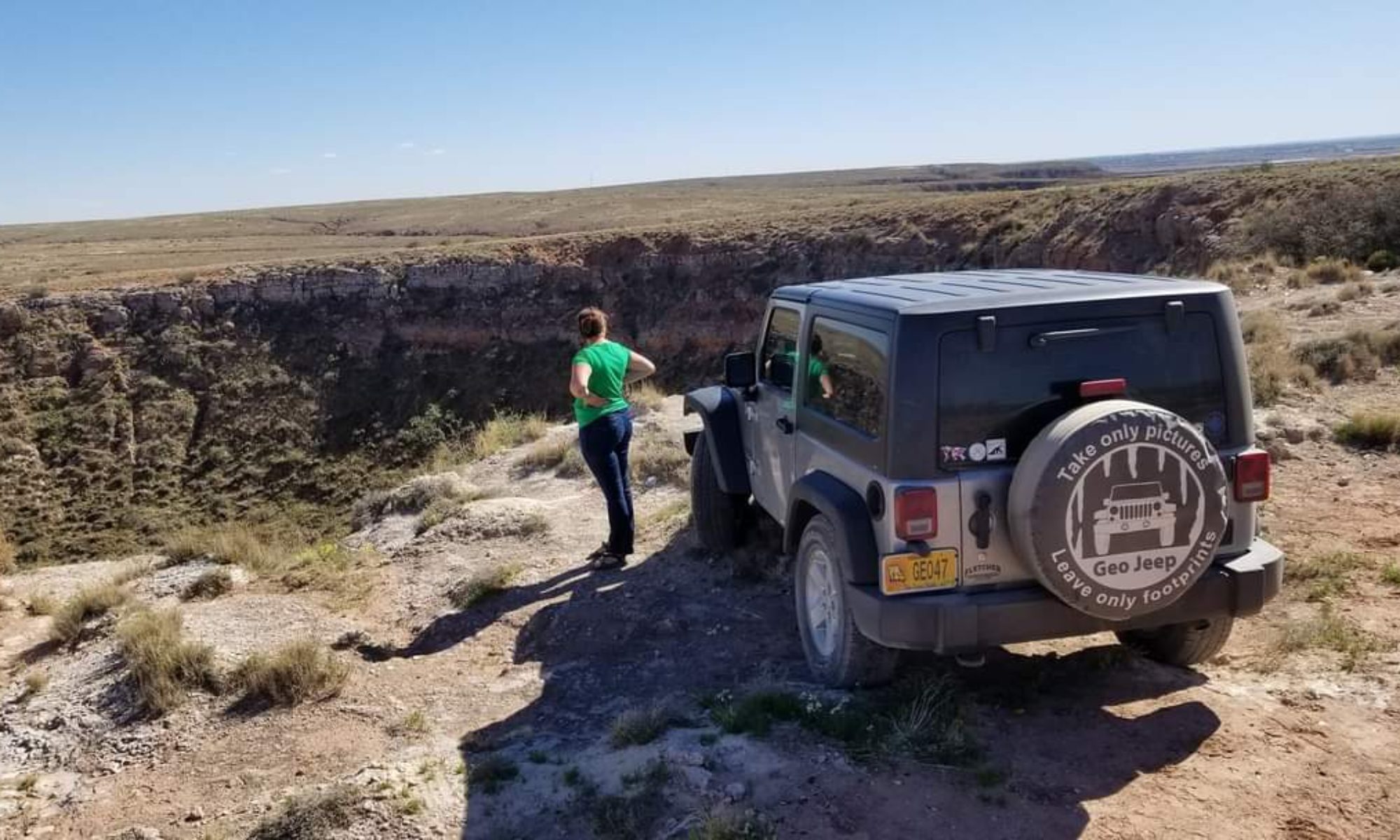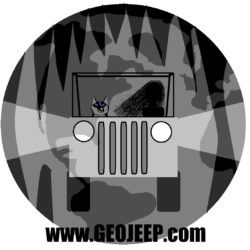The transition of deep south climate to one a bit cooler had already taken place in Northern Georgia, but I was still getting used to it. The lack of moss draping from the trees was still something new to me, but every region has a beauty to it. I prefer to stay at state and national parks because they usually have a nucleus of some sort of natural or historic wonder. Last night I had stayed at Watson Mill, which was based on the beautiful covered bridge build in 1885, and tonight I was headed for Devil’s Fork S.P. in South Carolina, near the city of Salem. I had read a few reviews saying that it was a nice place to camp, and so I expected something at least decent. I kept thinking that eventually I’ll find a bad egg, but yet again I was surprised by a beautiful camp ground that sits in the woods along the coast of Lake Jocassee. I could see the water from my campsite so I set up my tent in a hurry to walk down to the water.
The water was beautiful, I didn’t know that such a blue color existed in waters beyond the Bahamas. Lake Jocassee is aa man-made lake created in 1973 for both recreation and hydroelectricity production (at the 385’ tall dam). The shore of the lake that sits against the campground consists mostly of exposed metamorphic rock outcrops that have been highly weathered. The ones that stick out of the water literally crumble with your hand. I tried to find more detailed information about the geology of the area prior to the damming of the lake but I have had no luck. Feel free to comment, or send an e-mail to geojeep.com@gmail.com if you have more information. I would love to know, and love to share it with my readers.
I had planned this day to be a relaxing day, so I spent most of it at camp resting on the shoreline. I cooked my sausage over the campfire, and spent the evening in my chair reading Simon Winchester’s novel “A Crack in the Edge of the World: America and the Great California Earthquake of 1906”. It was a much needed relaxing evening, in the beautiful surroundings of Devil’s Fork.

